Gardening for Beginners: What You Need to Get Started
Gardening can be an amazing and relaxing hobby – but it can be hard to get started! Here are some of our best tips for gardening for beginners to get you off on the right foot.
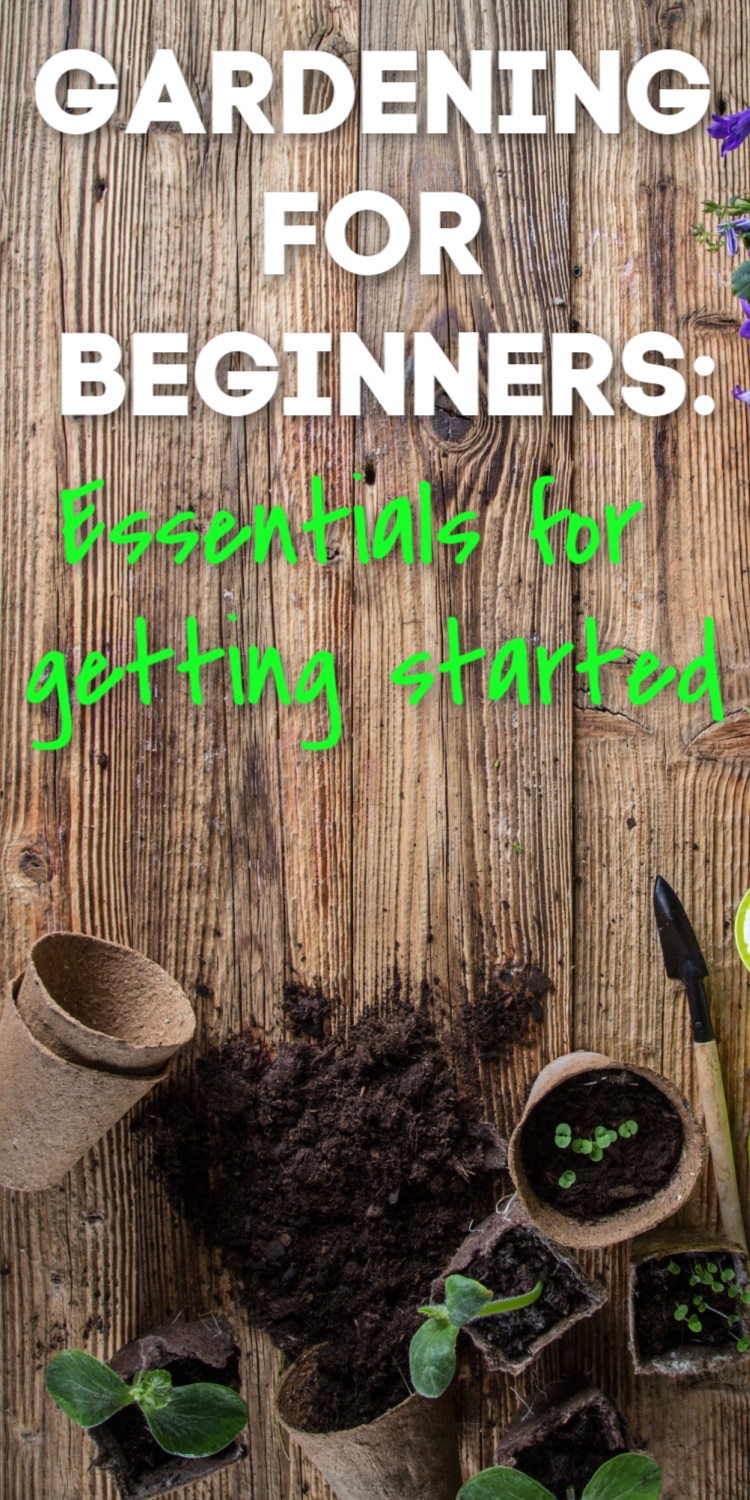
Gardening can be a very enjoyable hobby, and a way to put essential food on the table.
I started gardening to help my kids understand where food comes from, and to encourage them to eat healthier foods.
Plus, it is a nice, relaxing way to get some fresh air and sunshine.
No matter the reason for your interest in gardening, hopefully, this post will help you to have a more complete understanding of how to begin and succeed with your garden!
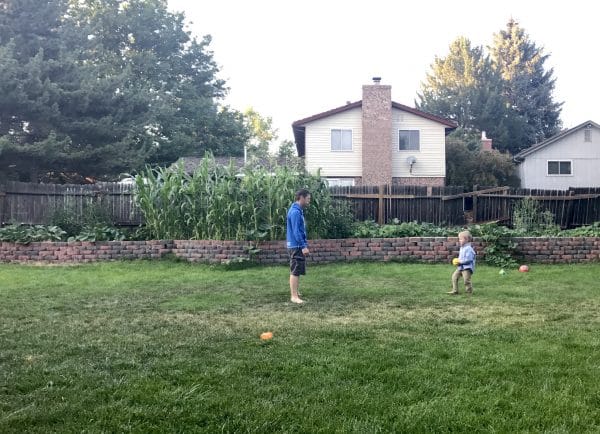
If you haven’t gardened before you will need some supplies to make your life easier. You might be surprised by how much is out there to purchase. Here is a relatively simple list, and I tried to explain why you’ll need the item.
Table of contents
How to Start a Garden
Thank you to Responsival for partnering with us for a portion of this post.
Consider Your Space
Some people have huge backyards just asking for a huge garden, while others may just have a small porch space outside of their apartment.
Anyone can have a garden, but before you get too far into the planning stages of your gardening, you definitely want to assess your space – and the amount of time you have to dedicate to working on it!
We had a beautiful raised garden bed at our old house, and we are considering making one in our current home – or buying large, silver bins.
If we were living in a smaller space, like one of our prior apartments, I think I would consider this vertical garden tower. It doesn’t take a ton of space, and not only does it grow 50 plants (veggies, herbs, or flowers) in just 4 square feet, but it also is a composter, so you can turn your kitchen scraps into organic fertilizer. Pretty cool
Essential Gardening Tools
CLICK HERE TO SHOP OUR AMAZON GARDENING SHOP
- Gloves
- Gloves are mostly used for pulling weeds, and avoiding splinters on any wood handled tools.
- They could be used to protect fingernails or prevent dirt from getting underneath your fingernails.
- I often don’t go through the effort of wearing gloves, and I mostly regret that choice when something gets jammed into my nail bed. Yeah, not fun!
- Ground Clearing/Ground Softening Equipment
- If at any point you’re digging more than a few inches you might want to call and have your utilities marked. In Colorado, the number is 811. We have buried electrical lines, but my neighbor and I found out the hard way, they might not be currently 18 inches deep. The ground can shift. Additionally, buried internet and other communications lines are often not buried very deep. I found an old internet cable in my garden only a few inches down.
- If a piece of land hasn’t been gardened before you’ll need to clear it. Usually, that means grass, weeds, and shrubs, but it could mean removing trees, bushes, sleeping dogs, buildings…haha, just kidding. Whatever it is that needs to be removed will determine the tools needed.
- Even if a piece of land has been gardened before, it can be helpful to soften it up and remove any new weeds.
- Common tools include a garden hoe, pickaxe, or steel rake.
- You could rent or buy a garden tiller. That is the quickest and easiest option. I borrowed one from my neighbor once. It was kind of intense.
- Garden Hand Trowel and Cultivator
- Trowels are used in masonry, so you want to make sure you get a trowel for gardening. Masonry trowels are relatively thin and flat and are mostly used for smoothing out mortar. Garden trowels are like small shovels. A garden trowel is helpful for planting and digging out pesky weeds.
- Hand cultivators are like a three-pronged mini-rake, that is meant to help you dig into and soften up the ground.
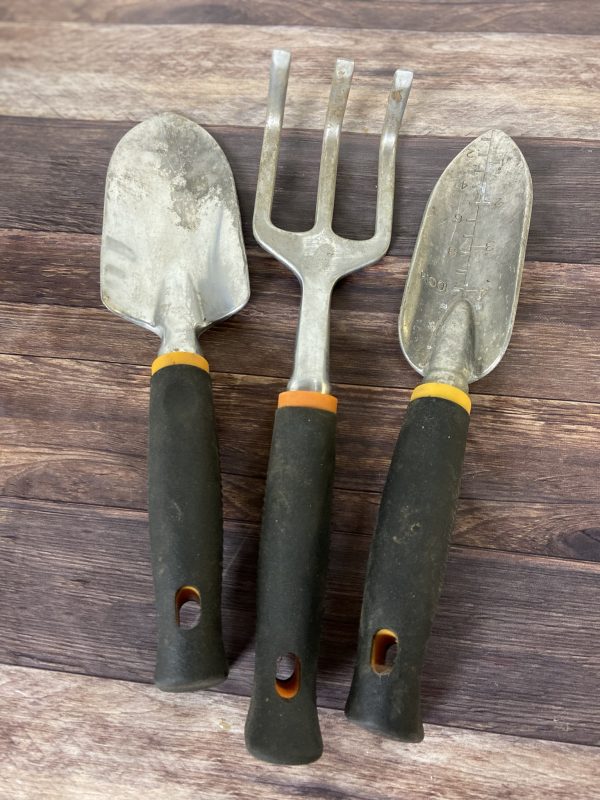
- Shovel and Wheel Barrow
- Even though these are iconic, and what someone might picture when thinking of gardening, you can get away with not having them if you’re not doing a large garden.
- If you’re building a raised garden, then you’ll probably want a shovel and wheelbarrow.
- Knee pads and Kneeling Cushions
- Knee pads and kneeling cushions are probably optional for some and a must-have for others. There is even a type of kneeling cushion that has waist-high handles on the side to help you push yourself up! The whole thing can flip over and turn into a seat.
- A Nice Big Hat and Sunscreen
- Make sure you stay hydrated too!
Gardening Supplies
- Seeds And Bulbs
- You’ll obviously need seeds and bulbs. There is a difference in seed quality, but it can be hard to tell. When picking your seeds you are picking all of the genetic instructions that will affect how it grows.
- Seed packets have information on them about how much sun they need, and in which USDA hardiness zones the seeds should be planted. That is basically which climates the plant grows well in. Some plants tolerate cold or dry weather better. The seeds packets will usually tell you how long it takes for your plant to produce something.
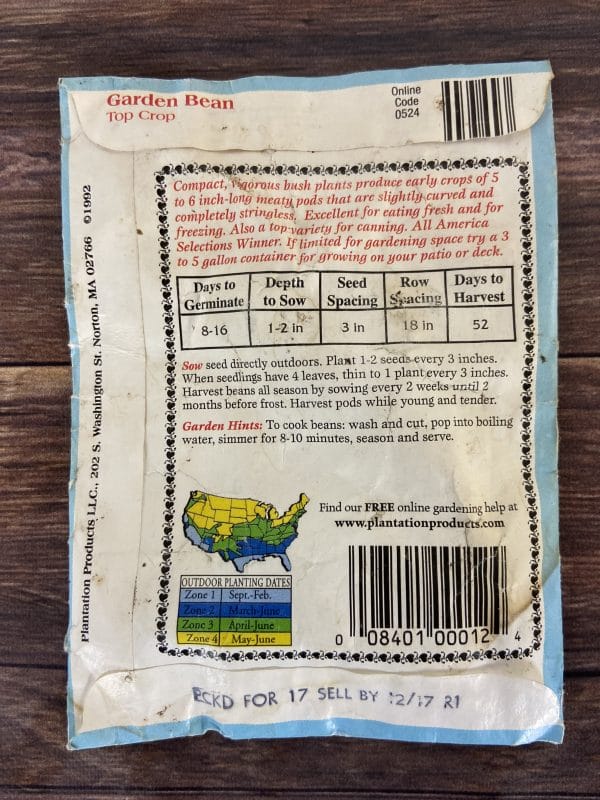
- For some plants, you can plant small bulbs, and it speeds the growing process. Bulbs are, basically, what perennials leave in the ground over the winter to grow from in the spring.
- If you have a shorter growing season you might want to start your plants in a windowsill, under a grow light, or in a mini greenhouse. Though, if you have a greenhouse, beware of wind. I’ve had mine blow over, and plants were everywhere! Oh, the carnage!
- We have an Aerogarden that has worked well for planting seedlings before transplanting them to outside.
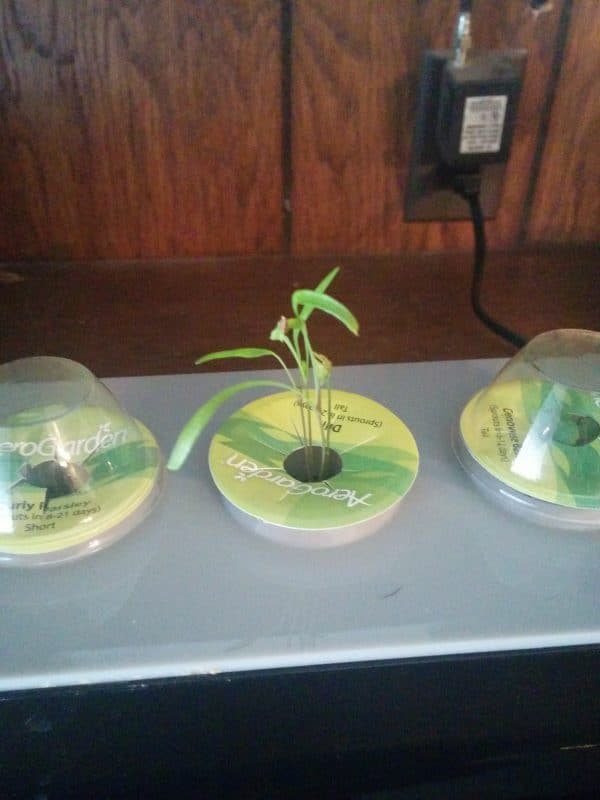
- Pots
- I like to start a lot of my garden plants in pots, because we have a shorter growing season in Colorado. This is especially true for plants that take a longer time to mature.
- If you do buy some pots, make sure that they have holes in the bottom to drain. If you don’t your plant’s roots might drown and rot if it gets too much water.
- I didn’t realize some of my pots didn’t have holes. I placed them outside so they could acclimatize before I planted them in the ground, and then they drowned after heavy rain.
- Soil and Fertilizer
- You could order a kit and do a soil sample test to see exactly what your soil contains as nutrients for your seeds. I’ve never actually done this. Here is the kit I meant to use.
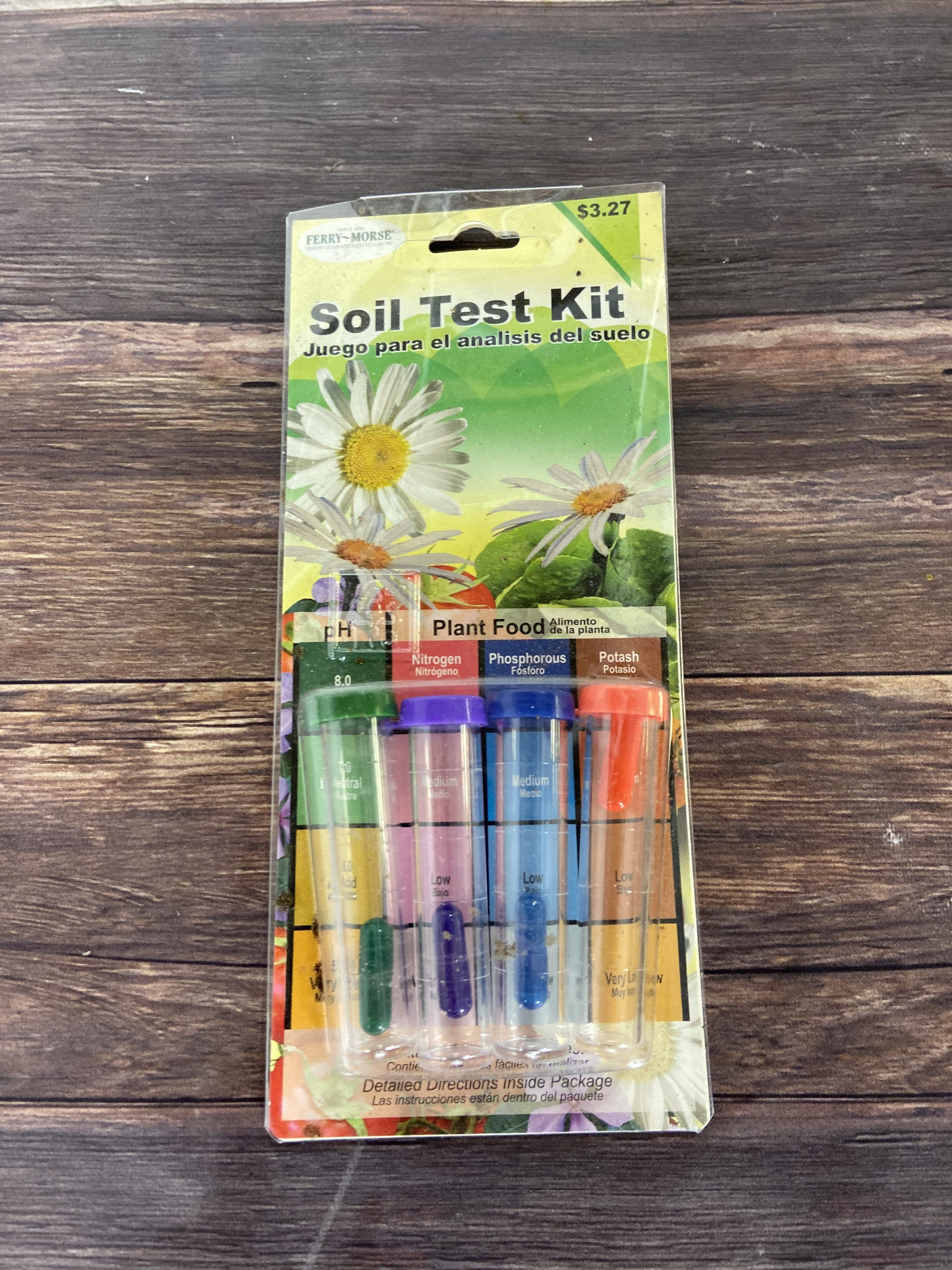
- Most plants need similar things: soil, sunlight, and water. If you’re starting out and not trying to win a contest I wouldn’t worry too much about specific nutrients. I think some general garden soil and fertilizer, mixed in with whatever soil is there should work relatively well for most plants.
- I’ve seen little stakes that will release fertilizer over a season. I haven’t tried them myself. Mostly because I forget about them, though it seems that might mostly be for trees and shrubs. I have used fertilizer that you mix with water, and add to the plants every few weeks.
- Water
- You’ll need some way to water your plants. I’ve spent whole growing seasons watering with a hose, watering can, buckets.
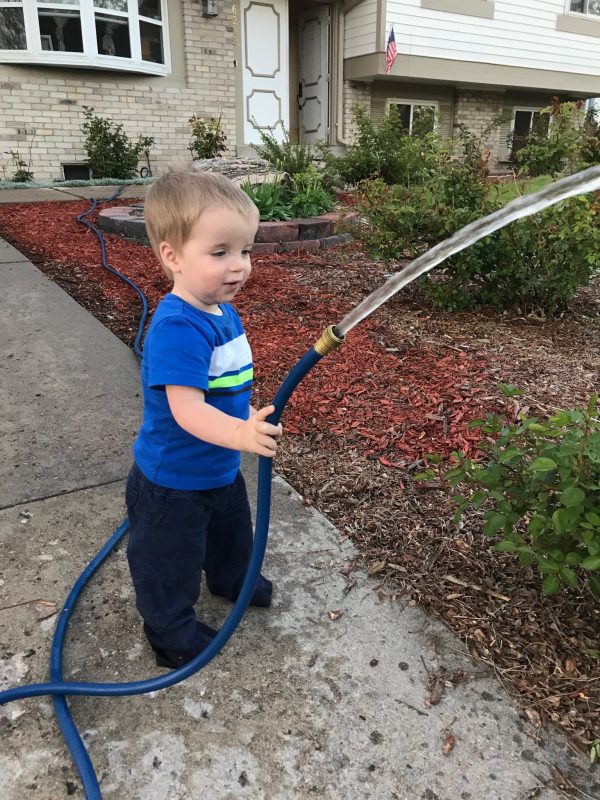
- However, plants grow better with consistent watering, and I have found that summer vacations and travels can put a lot of strain on plants – if they survive. If you live somewhere it rains a lot this might not be an issue.
- An irrigation system with a timer can be very helpful. I feel that early mornings are the best time to water, and it isn’t fun to wake up almost every day to water your plants by hand. It can be relaxing at first, but annoying after a while.
- You can attach a timer to a spigot, a hose to the timer, and some type of irrigation or drip system to water your garden. This can be a bit time consuming initially, but it will likely save you time in the long run. It is even possible that by water at a better time, you’ll use less water, and mitigate the costs of some of your irrigation equipment.
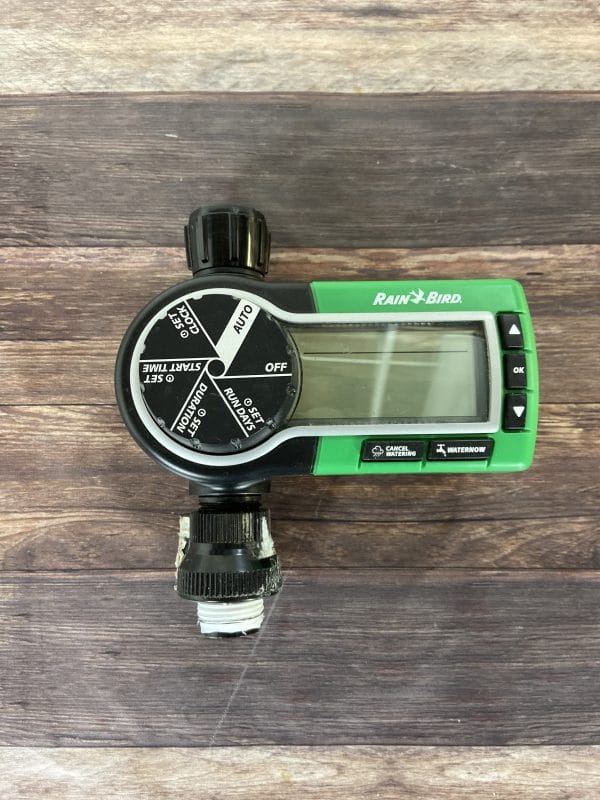
- Weed barrier
- Initial work and money on a weed barrier can save you a lot of time and effort down the line.
- I feel like finding a good barrier is hard. You want one that will last and won’t fall apart too easily if you accidentally step on it. I live in Colorado, feel like the strong Colorado sun has been very hard on my weed barriers.
- Weed Disposal
- If you’re like me, despite your best efforts you will have weeds, and you don’t want them decomposing nearby. Decomposing weeds can produce mold and funguses that could spread to your plants, and make them sick. I’ve had it happen, and I would recommend removing the diseased portion before the disease spreads. I used lawn trash bags like these.
- Cages, Plant Supports and Trellis’
- Some plants, like tomatoes and cucumbers, benefit from being raised off of the ground. It can also help you to grow more food in a smaller area by growing more vertically. You’ll want the plants to start out with these nearby. I believe cucumbers and several other plants can throw down tap roots along the vine, so they are damaging to move later.
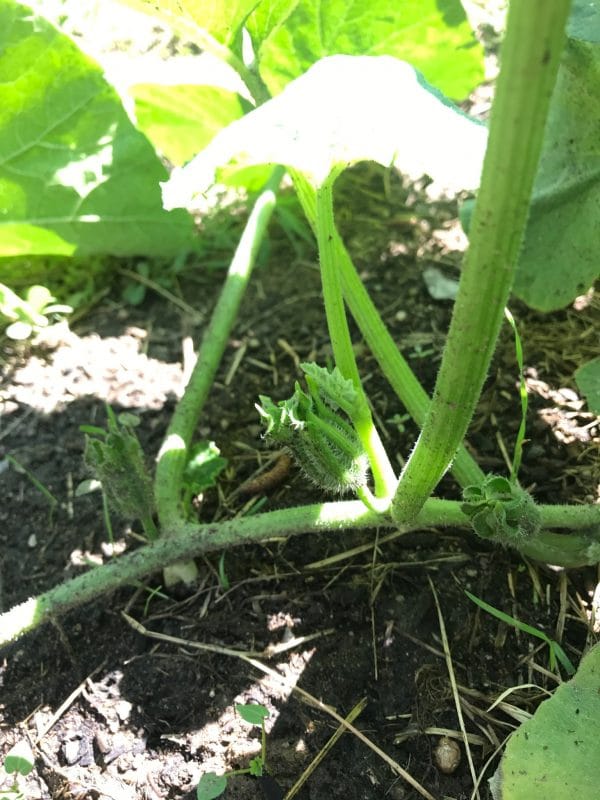
- Pest and Critter Deterrents
- The main issues for me in suburban Colorado are squirrels, birds, Raccoons, and what I call Japanese Beetles. You might have different pests and animals to worry about, so you might want to ask an experienced gardener nearby about what can be a problem in your area. I know that a common issue for others in the United States can be deer and rabbits.
- It can be very frustrating to patiently plant and nurture strawberries only too have squirrels eat them. I’m pretty sure a raccoon destroyed half of my corn overnight. Apparently, there are motion activated sprinklers to scare animals away.
- Some options for bug and animal deterrents are foul-smelling pellets, ultrasonic speakers, netting, chicken wire, fencing, a scarecrow and a fake owl. I have found limited success with the foul-smelling pellets. My father-in-law built a PVC box with netting wrapped around it to protect his strawberries. It works well. It definitely seems like animals like to go after your sweetest, and most delicious fruits and vegetables.
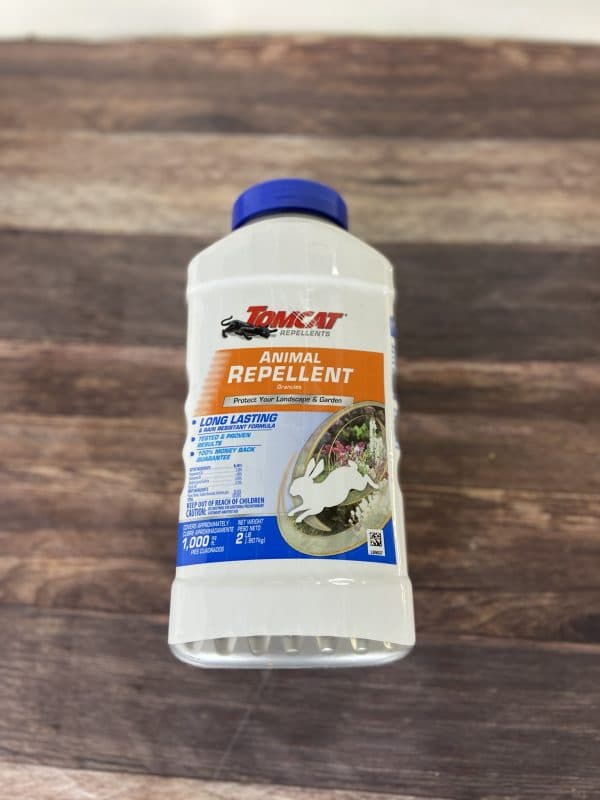
- We would have Japanese beetles come in swarms in mid to late summer. They mostly love my rose plants, but they would eat my green bean leaves as well. I used a bag with an attractant to catch dozens of them. Though some people wonder if the attractant draws more beetles into your yard than you would have otherwise, so I would advise you to not put them near your garden or upwind of your garden.
A Plan and lots of Patience
You’ll want to be strategic about what and where you plant. Consider what you plant based on your climate and sunshine. An Alaskan summer is very different from a summer in Arizona!
To get the most out of your garden you should think about what you really like to eat, or what you don’t like to pay for. If things go well, and you work hard you will have a lot of at least something you plant. Plus, it might come all at once. I planted pumpkins once, and I ended up with 14, mostly green, pumpkins I wasn’t sure what to do with.
Having food preservation supplies ahead of time, like canning, vacuum sealing, or dehydrating, can make harvest time less stressful. You don’t want to waste your hard work.
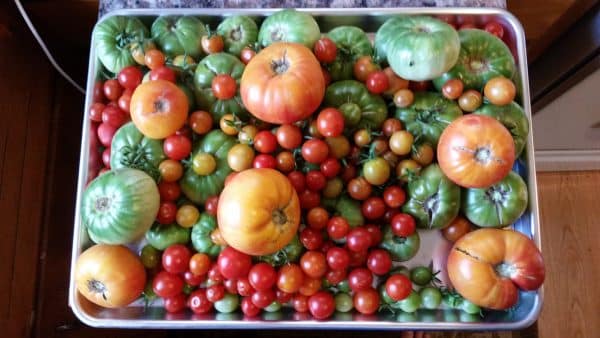
Other Gardening Posts You May Enjoy:
- Best Dollar Tree Gardening Supplies
- 10 Lessons I Learned During My First Year of Gardening
- Gardening Apron Tutorial
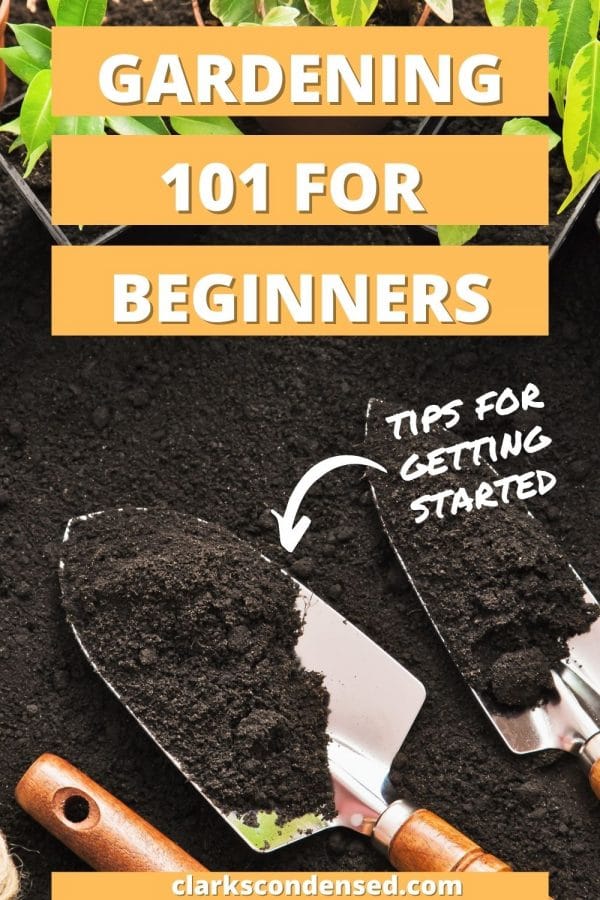

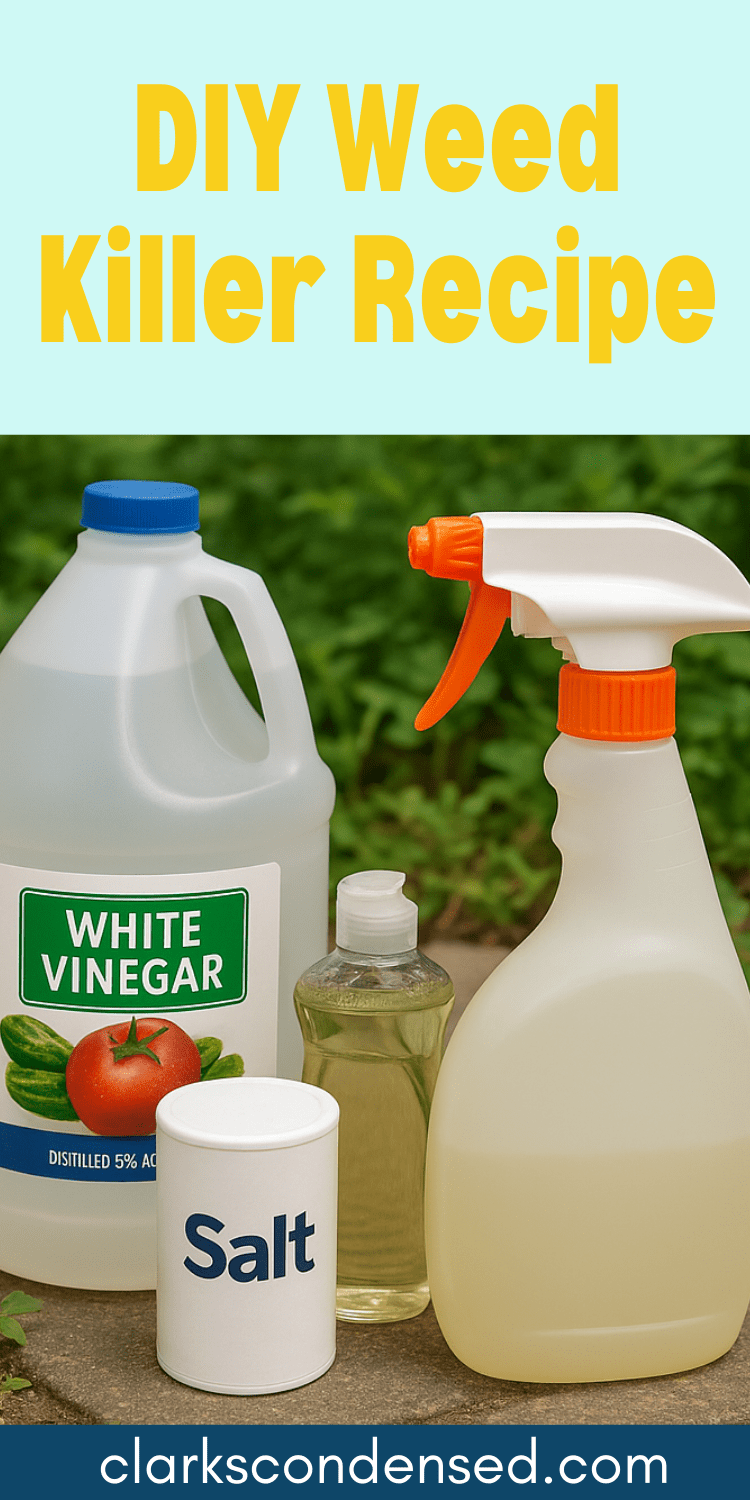
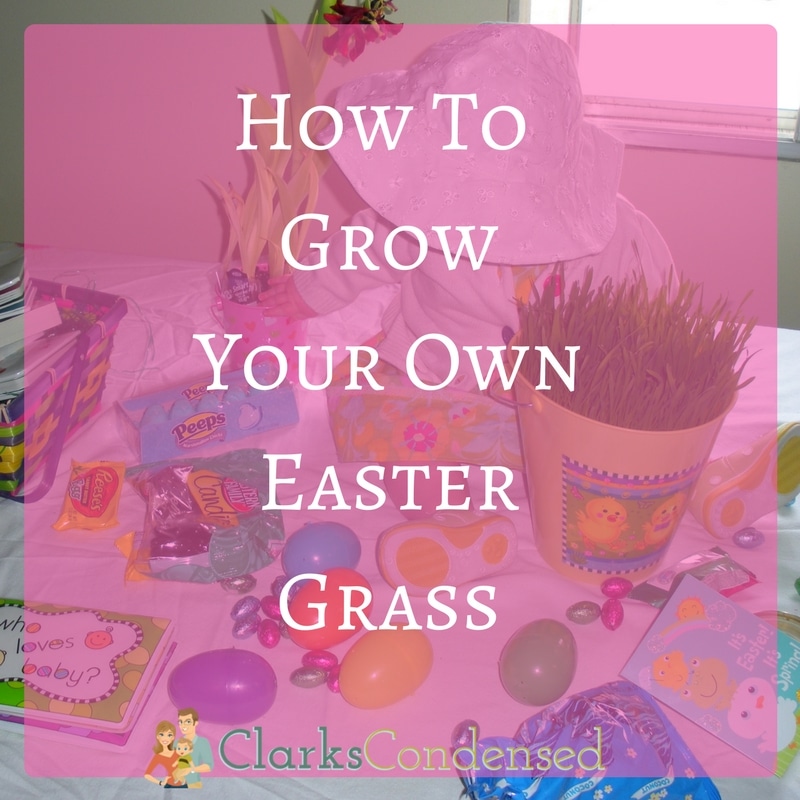
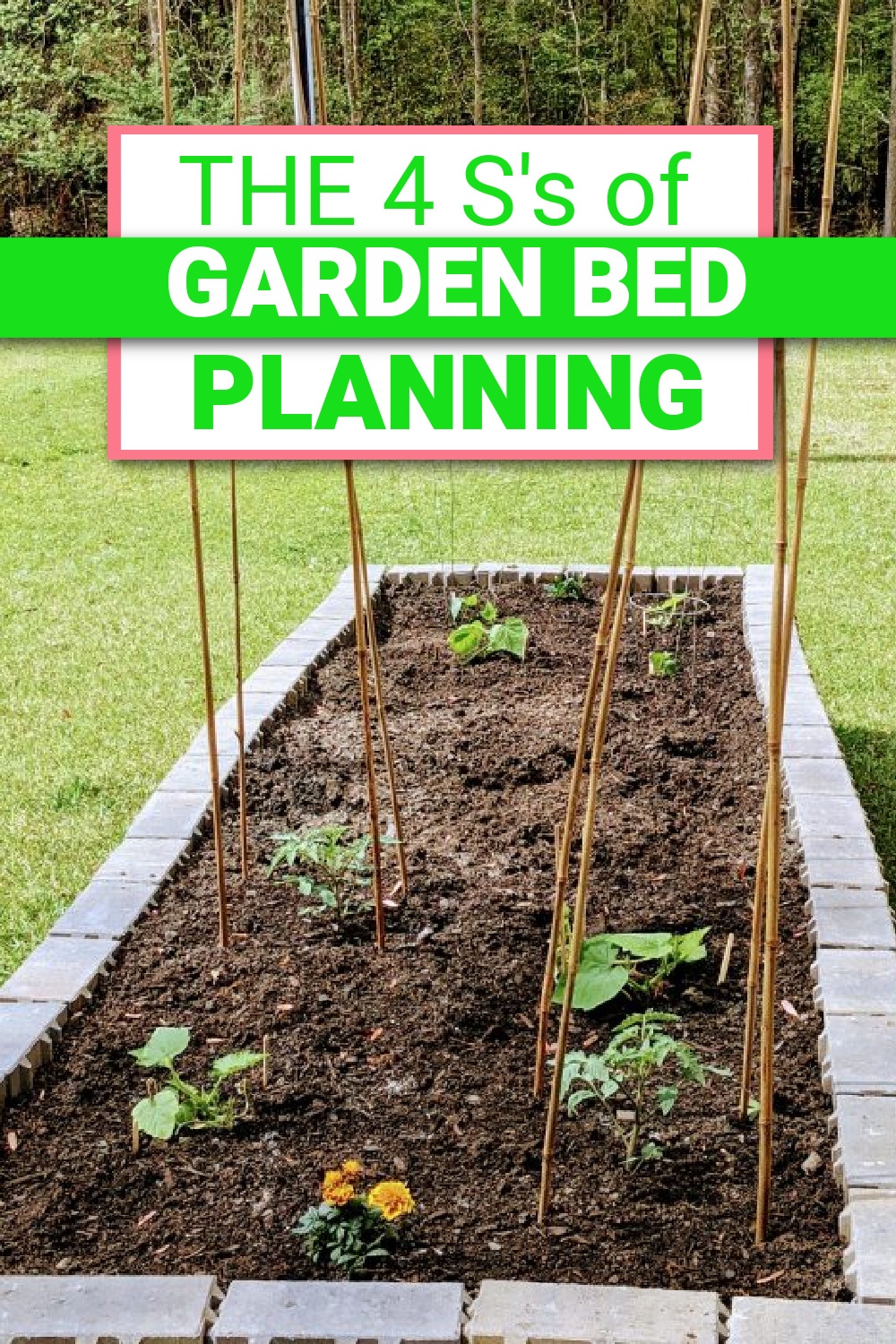
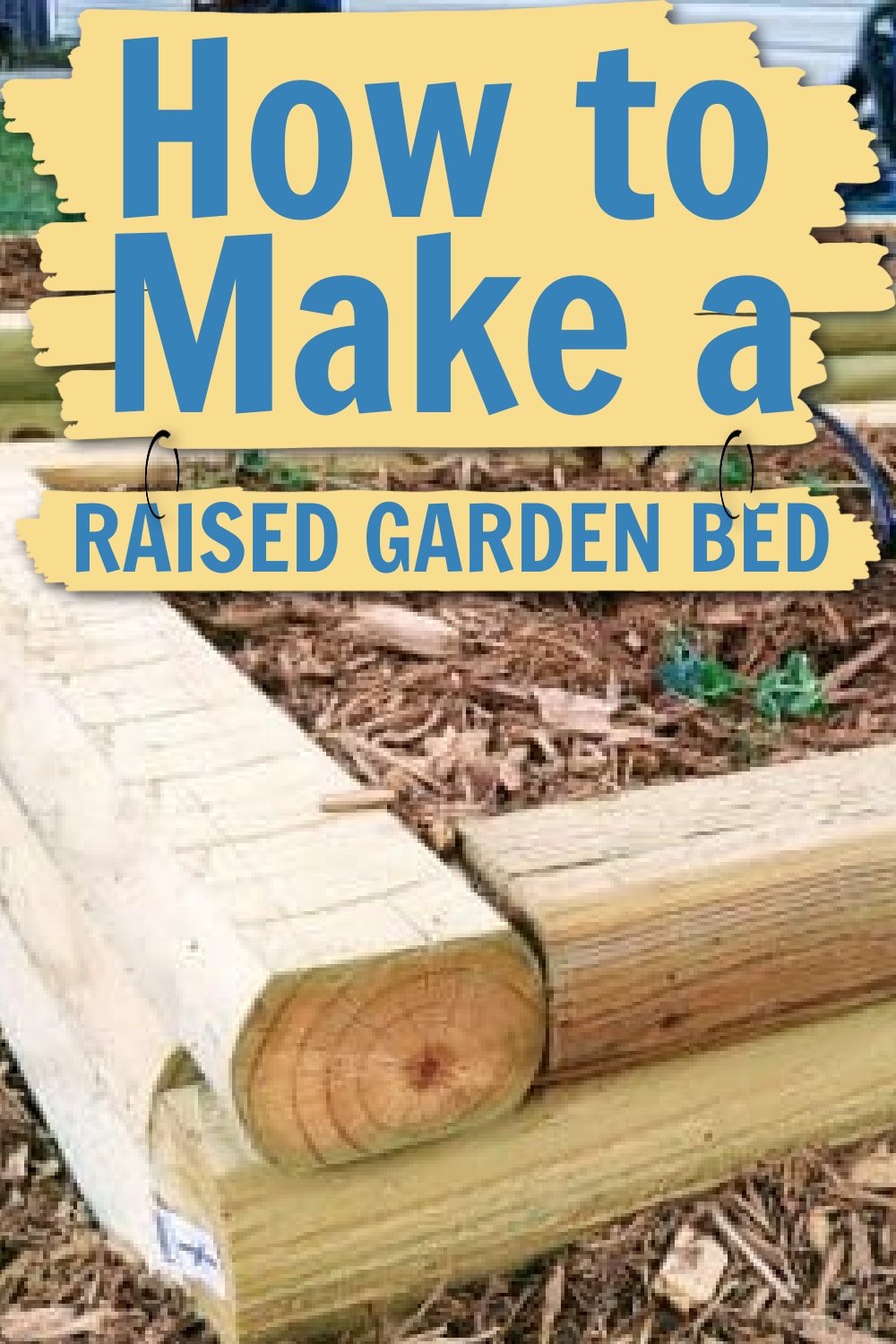
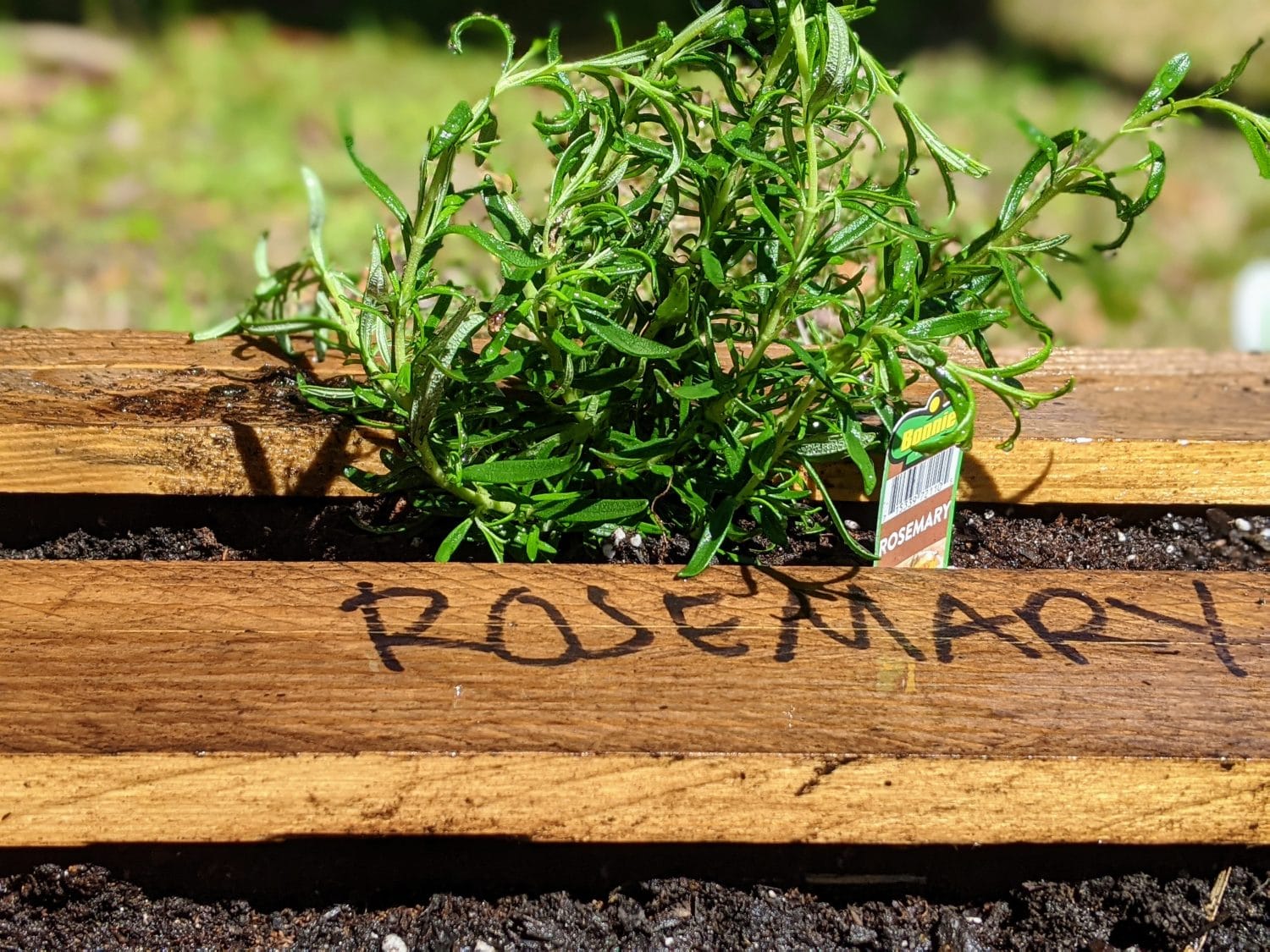
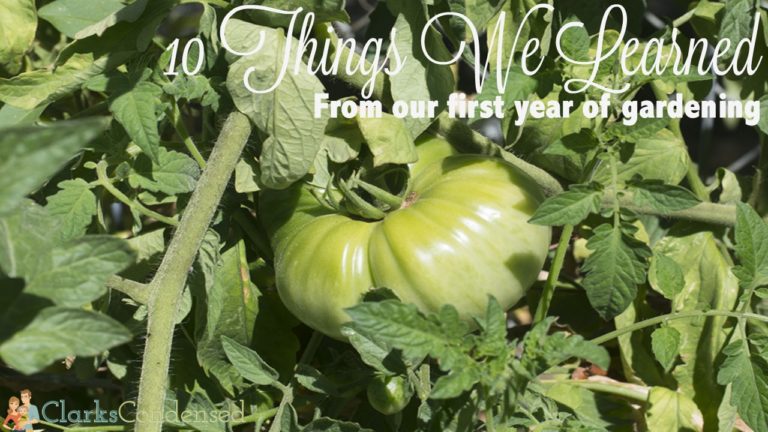
This is such a helpful, wonderful post! I hope it inspires lots of people to start their own gardens! We are sad we have to start our garden over when we move, but we know what we’re doing and can hardly wait to get started! Also, Japanese Beetles are THE WORST.
I always love watching your garden during the summer through Instagram! It’s really such an awesome hobby. I hope your new garden is awesome!!